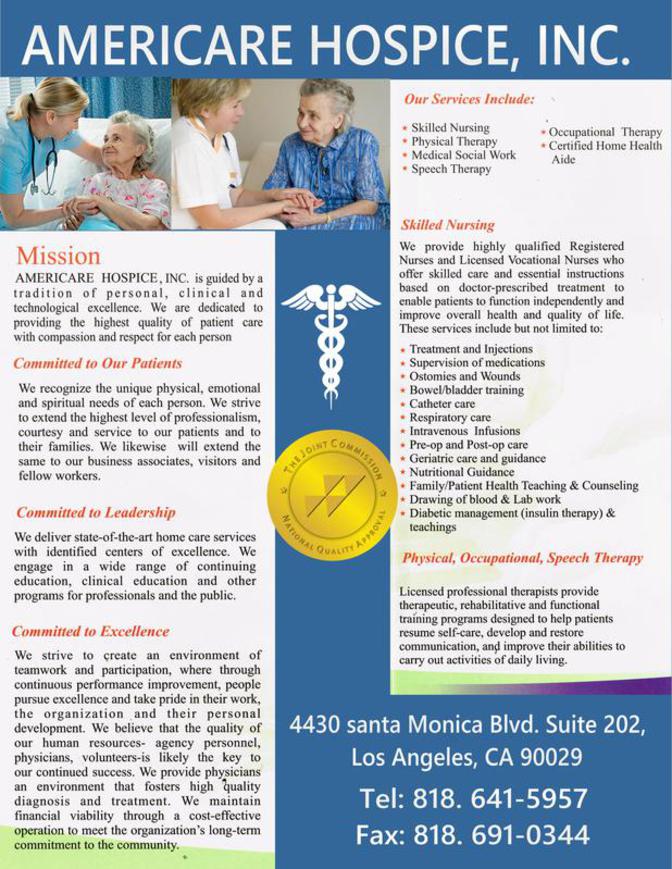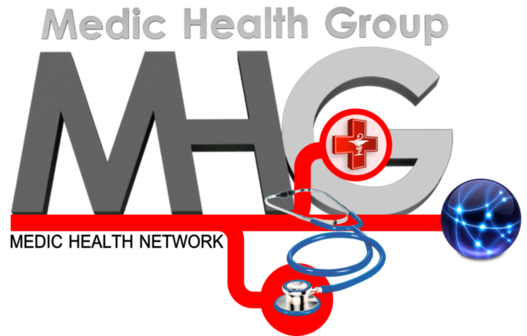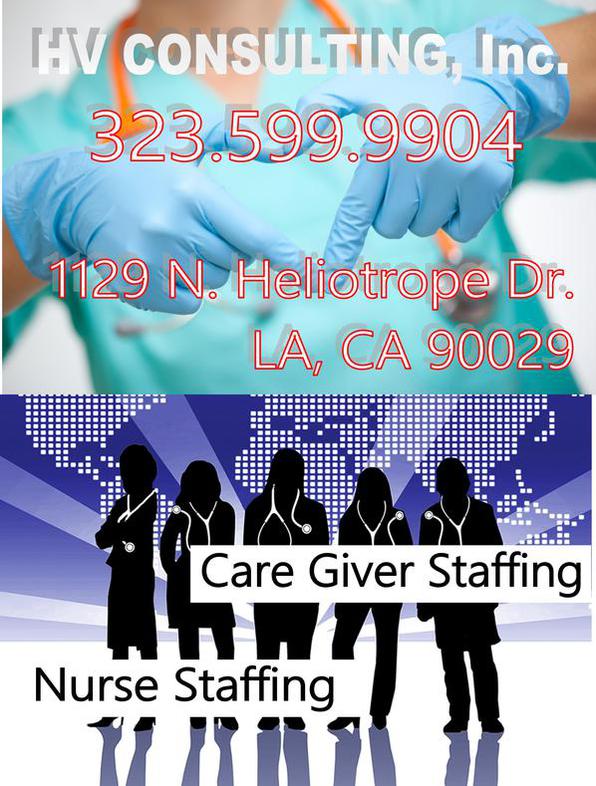Medic Health Group
Medic Health Network
Alcoholic hallucinosis
Alcoholic hallucinosis is a rare complication of chronic alcohol abuse characterized by predominantly auditory hallucinations that occur either during or after a period of heavy alcohol consumption. Bleuler (1916) termed the condition as alcohol hallucinosis and differentiated it from Delirium Tremens. Usually it presents with acoustic verbal hallucinations, delusions and mood disturbances arising in clear consciousness and sometimes may progress to a chronic form mimicking schizophrenia. One such case with multimodal hallucinations in a Defence Service Corps soldier is presented here.
Alcoholic hallucinosis is a rare complication of chronic alcohol abuse characterized by predominantly auditory hallucinations that occur either during or after a period of heavy alcohol consumption. Although this condition had been noted for centuries, its nosological status is not yet clear. Bleuler (1916) termed the condition as alcohol hallucinosis and differentiated it from Delirium Tremens. International Classification of Diseases-10 (ICD-10), it was relabeled as Alcohol induced Psychotic Disorder, Predominantly hallucinatory type. Usually it presents with acoustic verbal hallucinations, delusions and mood disturbances arising in clear consciousness and sometimes may progress to a chronic form mimicking schizophrenia. In our setup it is rare to see such cases due to early detection and intervention of alcohol abuse. One such case with multimodal hallucinations in a Defence Service Corps (DSC) soldier is presented here.
Getting Off Alcohol: Delirium Tremens vs. Alcoholic Hallucinosis
Over the course of human history, there have been a number of substances found or developed that have been consumed for a variety of purposes. Some substances were intended to be used for medicinal or surgical purposes while others were thought to induce a spiritual state. Alcohol, on the other hand, has been around for thousands of years and has traditionally been drunk for pleasure and enjoyment. Often referred to as a social lubricant, alcohol makes individuals less inhibited, which in turn makes social interaction easier even if intoxication can make individuals somewhat less intelligible at times.
Being that the consumption of alcohol has been so widespread of the course of our history, it would naturally follow that individuals would become addicted to alcohol. As it were, alcohol has become one of the most dangerous addictive substances that we’ve yet found due to a number of reasons. Alcohol is legal is most places, making it widely accessible to anyone of legal drinking age. However, alcohol is also highly addictive, causing a level of dependency that can be difficult or even dangerous to overcome during recovery.
In fact, alcohol detox and withdrawal have been associated with two serious conditions called delirium tremens and alcoholic hallucinosis. These two distinct conditions can range in severity and each develops due to different factors related to the body’s ability to adapt to the sudden cessation of alcohol consumption. The following will define and distinguish delirium tremens from alcoholic hallucinosis, describing why and how they might occur during alcohol detox.
What is Delirium Tremens?
Individuals who have become addicted to alcohol must overcome physical dependency during detoxification as the first step of the treatment process. Sometimes referred to as “DTs” or “the shakes,” delirium tremens is a dangerous condition that can manifest in up to 10 percent of alcoholics—often the most severe or long-term cases of alcoholism—as their bodies struggle to adapt to the abrupt cessation of alcohol consumption; however, delirium tremens has also been documented in individuals who were in withdrawal after ceasing consumption of benzodiazepines or barbiturates.
The mortality rate for delirium tremens has been estimated as high as 35 percent when not medically treated, but as low as 10 percent or less when the patient is detoxing under medical supervision. When an individual is suffering from delirium tremens, the situation is treated as a medical emergency.
After the last alcoholic drink, it takes between 48 and 72 hours for delirium tremens to develop in a patient if he or she is going to develop the condition. Although the cause of delirium tremens is debated, a recent explanation that seems very probably is that alcohol interferes with the body’s regulation of GABA, a neurotransmitter that’s essential for proper functioning of the nervous system. It’s thought that the body mistakes alcohol for GABA, resulting in decreased natural production of the neurotransmitter to compensate; however, when an alcoholic ceases alcohol consumption, the body is suddenly deprived of this important neurochemical, which regulates excitability in the nervous system.
When experiencing delirium tremens, individuals suffer from a variety of dangerous symptoms such as epileptic seizures of the tonic-clonic variety, confusion, agitation and/or increased levels of excitement, hallucinations, anxiety, and an elevated blood pressure and pulse. After the onset of these symptoms—often treated by physicians with sedatives and benzodiazepines—it typically takes about three days before they begin to subside.
Understanding Alcoholic Hallucinosis
In contrast to delirium tremens, alcoholic hallucinosis is another condition that’s common during alcohol withdrawal, but while it tends to be somewhat more common than delirium tremens—occurring in roughly 20 percent of alcoholics compared to the 10 percent of experience delirium tremens—alcoholic hallucinosis is also much less severe. In fact, the mortality rate for alcoholic hallucinosis is virtually nonexistent with the condition having no symptoms that directly endanger individuals’ lives.
With an onset that typically occurs between 12 and 24 hours after the last drink of alcohol, individuals may experience things like headaches, dizziness, or insomnia prior to full alcoholic hallucinosis. At its peak, alcoholic hallucinosis is characterized by auditory, visual, or tactile hallucinations experienced while in alcohol withdrawal.
Delirium Tremens vs Alcoholic Hallucinosis
Though similar in that they can both occur as a result of the same conditional stimuli, there is actually very little overlap between delirium tremens and alcoholic hallucinosis. In fact, these two distinct conditions differ in their severity, frequency, the length of time they take to develop, and in the hallucinations that each condition can produce.
Delirium tremens is the more severe of the two conditions and can potentially be life-threatening. Moreover, the onset of delirium tremens is more gradual with symptoms slowly manifesting before peaking at between 48 and 72 hours. Delirium tremens is often accompanied by paranoia, making the hallucinatory experience especially frightening.
Additionally, the sensorium—the areas in the brain that interpret sensory stimuli and, thusly, distinguish between reality from hallucination—is altered when an individual is suffering from delirium tremens, making the individual unable to distinguish hallucinations from what’s real.
Alcoholic hallucinosis is more common than delirium tremens and, fortunately, is a much less severe condition. Rather than being accompanied by seizures and confusion, alcoholic hallucinosis is characterized by only auditory, visual, and tactile hallucinations; however, while experiencing alcoholic hallucinosis the sensorium remains intact, which means that an individual experiencing alcoholic hallucinosis would be better able to distinguish hallucinations from reality.
Moreover, those experiencing alcoholic hallucinosis have frequently reported that the hallucinations take the form of accusatory voices or small, moving objects such as insects. More often than not, alcoholic hallucinosis can be alleviated to a degree by treating the patient with benzodiazepines, neuroleptics, and/or nutritional supplements due to the deficiency that is common in the body during withdrawal.
Email:medichealthgroup@gmail.com
Special THANKS
To Our Sponsors
Special THANKS To Our Sponsors





